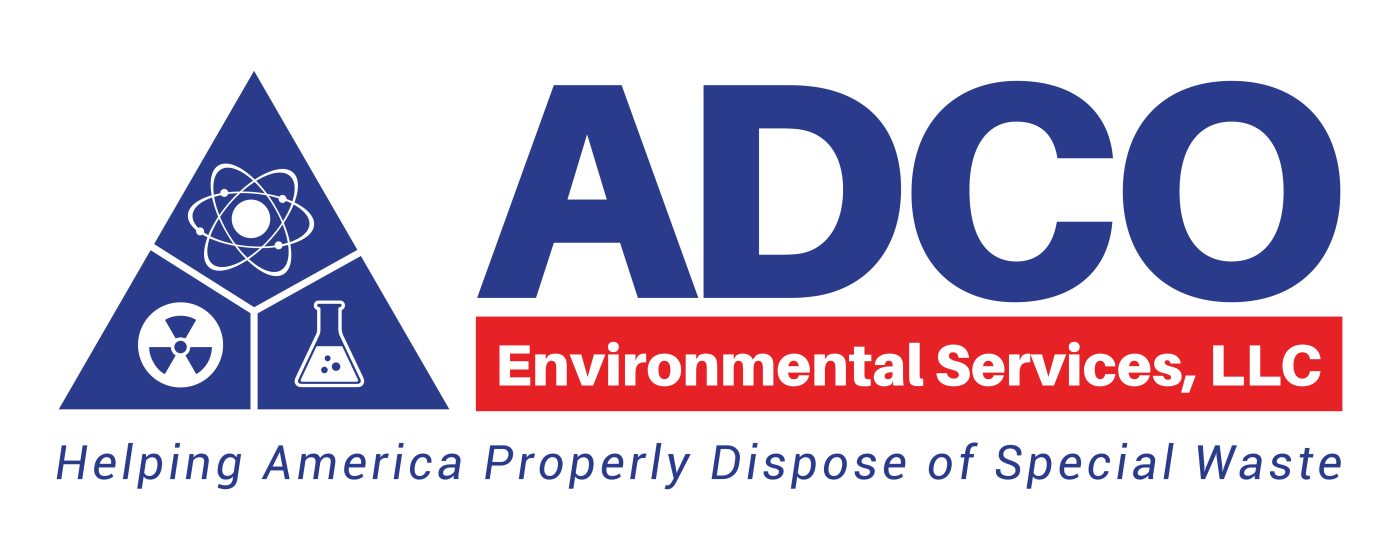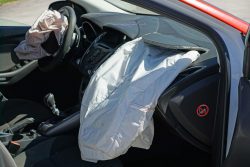A Guide To EPA Generator Classifications
Generators are defined as persons, such as individuals, corporations, or Federal Government agencies that produce hazardous waste according to Chapter 11 of the hazardous waste regulations. If you are a generator, you may want to know whether you need a USEPA ID number, also known as an Environmental Protection Agency Site ID number to remain compliant with Federal regulations. In this article, we look at the different EPA generator classifications to help you understand which of these codes applies to you.
Waste includes solid, liquid, or concealed gases that are potentially harmful to the health of humans and the environment. While not all generators produce equal quantities of waste, it is important to determine your waste generator status to avoid harsh penalties. Generator categories differ based on the type and quantity of waste produced by site, which means areas of land or water where the entity is located or processes facilitated.
There are three categories that generators can belong to, including very small quantity generators, small quantity generators, and large quantity generators. If you produce less than 220 lbs. of hazardous waste per month or you are clearing accumulated waste as a once-off event, you are considered a very small quantity generator and do not require an EPA ID number. It is important to note that this requirement only applies to those who generate hazardous waste streams, also known as “Listed Wastes.”
Small quantity generators produce 220 lbs. to 2200 lbs. of waste per month and must remain compliant with the hazardous waste requirements of 40 CFR part 262. On-site waste may be kept for 180 days without the need for a permit and preventative measures must be incorporated as per 40 CFR sections 262.16(b)(8) to (9). It is also required that at least one employee is available to coordinate emergency measures.
Large quantity generators are classified as producing more than 2200 lbs. of EPA-listed waste every month. These generators are required to keep any amount of accumulated waste for 90 days only and all waste must be contained as per 40 CFR sections 262.17(a)(1) to (4). Prevention and emergency plans must be implemented including the submission of a biannual waste report.
The hazardous waste generator definition and classifications assist corporations, agencies, partnerships, and entities with determining whether they must register for a USEPA ID number. The requirements concerning the management and transport of waste depend on the type and amount of waste produced including your location. Our goal is to help you remain compliant with state and Federal regulations by helping you understand your generator status and whether you need to register for an ID number.




